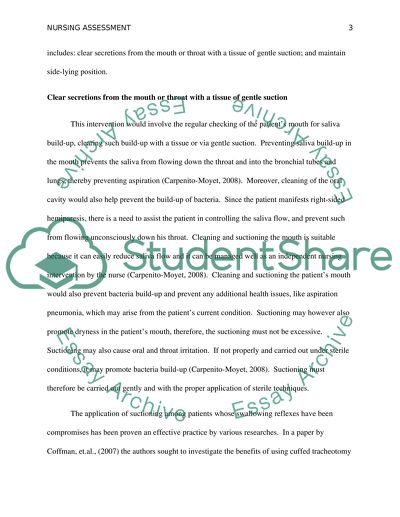Cite this document
(“Nursing Assessment and Care of a Patient Following a CVA Essay”, n.d.)
Retrieved from https://studentshare.org/nursing/1431802-nursing-assessment-and-care-of-a-patient-flowing-a
Retrieved from https://studentshare.org/nursing/1431802-nursing-assessment-and-care-of-a-patient-flowing-a
(Nursing Assessment and Care of a Patient Following a CVA Essay)
https://studentshare.org/nursing/1431802-nursing-assessment-and-care-of-a-patient-flowing-a.
https://studentshare.org/nursing/1431802-nursing-assessment-and-care-of-a-patient-flowing-a.
“Nursing Assessment and Care of a Patient Following a CVA Essay”, n.d. https://studentshare.org/nursing/1431802-nursing-assessment-and-care-of-a-patient-flowing-a.


